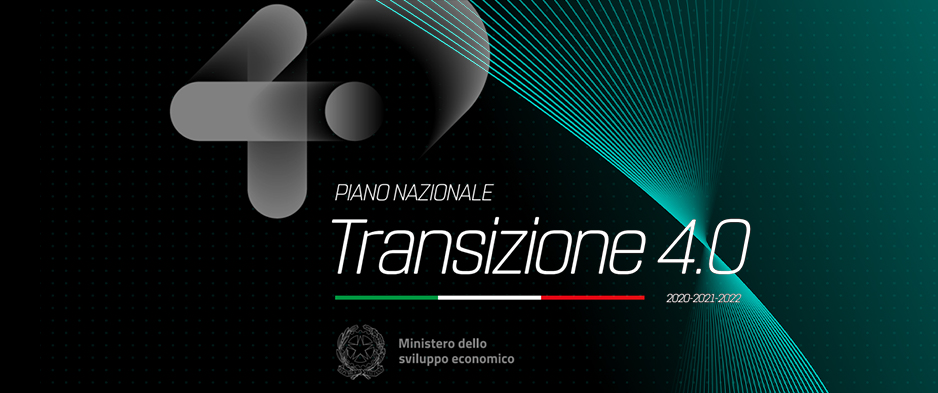What are the changes in the Transition 4.0 national plan starting from January 2023? Here’s everything we know about the bonuses for investments in technological and digital transformation.
Transition 4.0 national plan: capital goods
Support and encourage companies that invest in new capital goods, tangible and intangible, functional to the technological and digital transformation of production processes destined for production facilities located in the territory of the State. All these companies are granted a tax credit under the following conditions:
- Technologically advanced tangible capital goods, from 2023 to 2025:
- 20% of the cost for the portion of investments up to 2.5 million euros.
- 10% of the cost for the portion of investments over 2.5 million euros and up to the limit of total eligible costs of 10 million euros.
- 5% of the cost for the portion of investments between 10 million euros and up to the limit of total eligible costs of 20 million euros.
- Technologically advanced intangible capital goods functional to the 4.0 transformation processes:
- 2023: 20% of the cost within the maximum limit of eligible costs of 1 million euro.
- 2024: 15% of the cost within the maximum limit of eligible costs of 1 million euro.
- 2025: 10% of the cost within the maximum limit of eligible costs equal to 1 million euro.
The tax credit can be extended up to 30 June 2026 on condition that by 31 December 2025 the relative order is accepted by the seller and the payment of advances equal to at least 20 percent of the acquisition cost has been made.
Transition 4.0 national plan: research and development, technological innovation, design and aesthetic conception
The measure aims to support the competitiveness of companies by stimulating investments in Research and Development, Technological Innovation, also in the context of the 4.0 paradigm and the circular economy, design and aesthetic conception.
For technological innovation activities aimed at creating new or substantially improved products or production processes, the tax credit is recognized:
- Up to the current tax period as at 31 December 2023: 10% of the relative calculation basis, assumed net of other subsidies or contributions of any kind received on the same eligible expenses, within the maximum annual limit of 2 million euros .
- After 31 December 2023 and up to the tax period in progress on 31 December 2025: 5%, within the maximum annual limit of 2 million euros.
For 4.0 and green technological innovation activities, aimed at creating new or substantially improved products or production processes to achieve an ecological transition or digital innovation 4.0 objective, the tax credit is recognized:
- Up to the current tax period as at 31 December 2023: 10%, within the maximum annual limit of 4 million euros.
- After 31 December 2023 and up to the tax period in progress on 31 December 2025: 5%, within the maximum annual limit of 4 million euros.
For design and aesthetic conception activities aimed at significantly innovating the company’s products in terms of shape and other non-technical or functional elements, the tax credit is recognized:
- Up to the current tax period as at 31 December 2023: 10% of the relative calculation basis, assumed net of other subsidies or contributions of any kind received on the same eligible expenses, within the maximum annual limit of 2 million euros .
- After 31 December 2023 and up to the tax period in progress on 31 December 2025: 5%, within the maximum annual limit of 2 million euros.
Extension of delivery deadlines until 31 December 2023
The Council of Ministers has extended the deadlines for delivering the 4.0 goods ordered during 2022 until 31 December 2023.
“It is a dutiful signal of attention for those companies that are investing and will thus be able to access a higher tax credit in a profoundly changed international context.” Minister Adolfo Urso commented.
This was made necessary due to events that changed the international context with a major impact on production. However, the extension of the term is limited only to the tangible assets included in annex A, law 232/2016 (tangible assets 4.0 referred to in Article 1, paragraph 1057, law 178/2020).

